News Desk
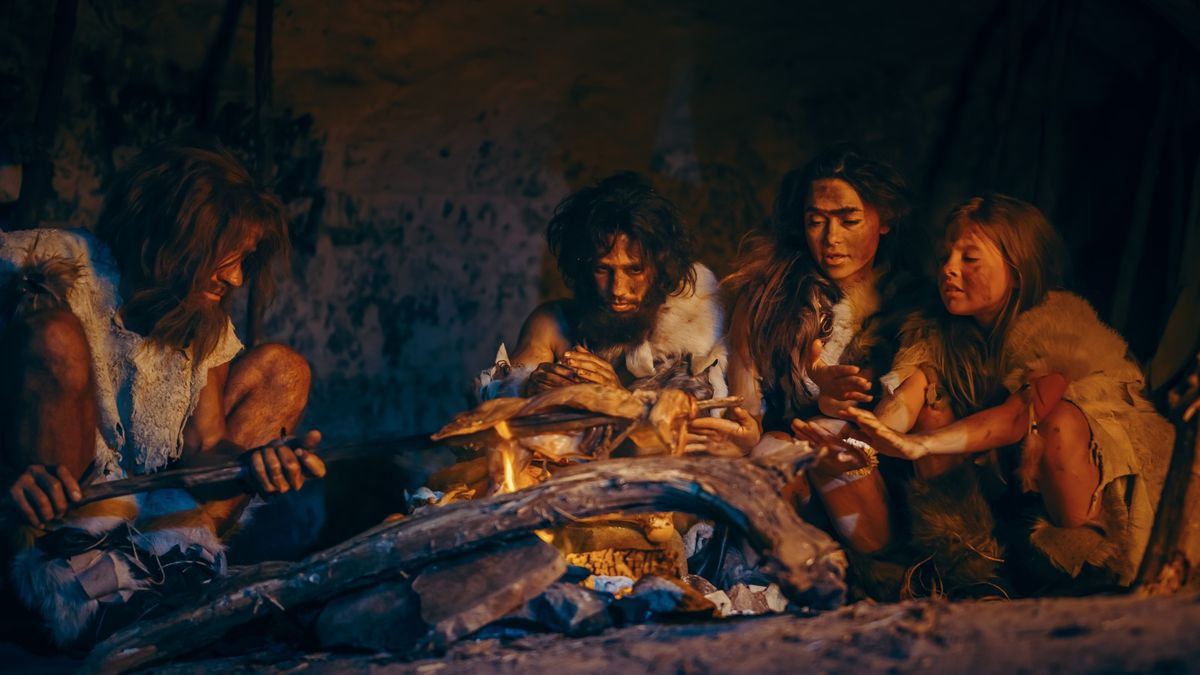
A comparison of the genomes of a Neanderthal who lived 120,000 years ago in Siberia with those from modern humans in sub-Saharan Africa has revealed insight into the migratory and interbreeding history of both species. See the paper here.
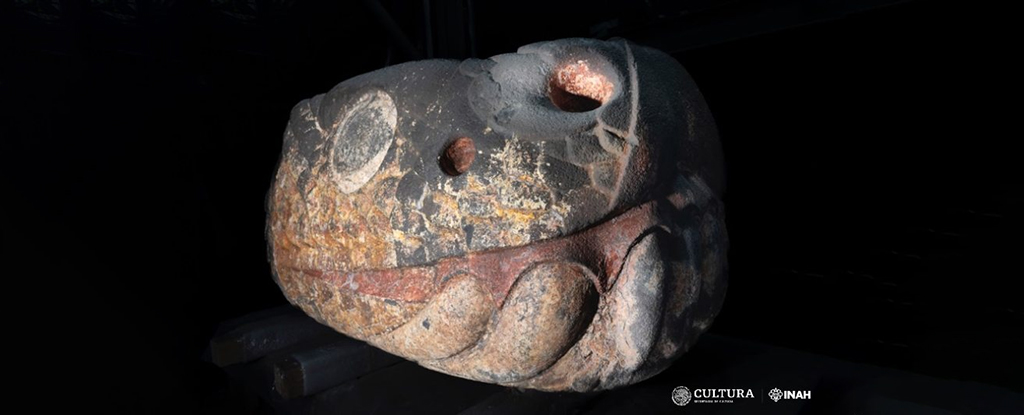
Sometimes, years of painstaking excavation work are required to uncover the artifacts of the past – and sometimes, as with a recent earthquake in Mexico City, much of the hard digging work is done by nature.
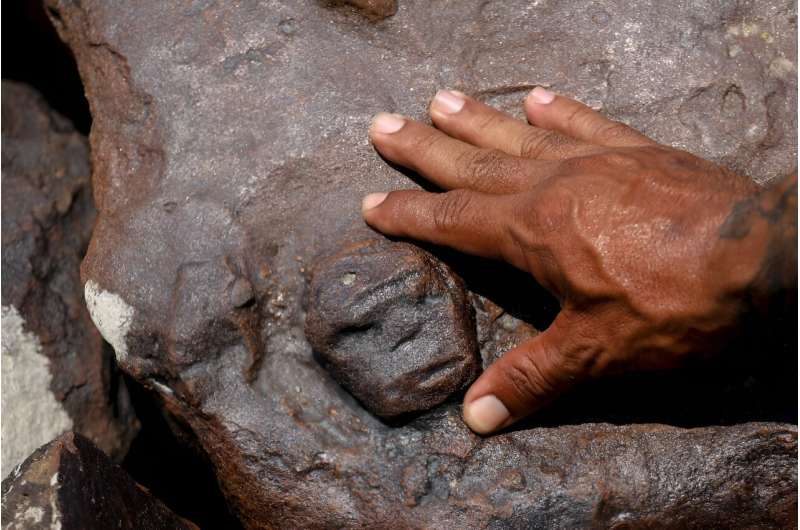
An extreme drought in parts of the Amazon has led to a dramatic drop in river water levels, exposing dozens of usually submerged rock formations with carvings of human forms that may date back some 2,000 years.
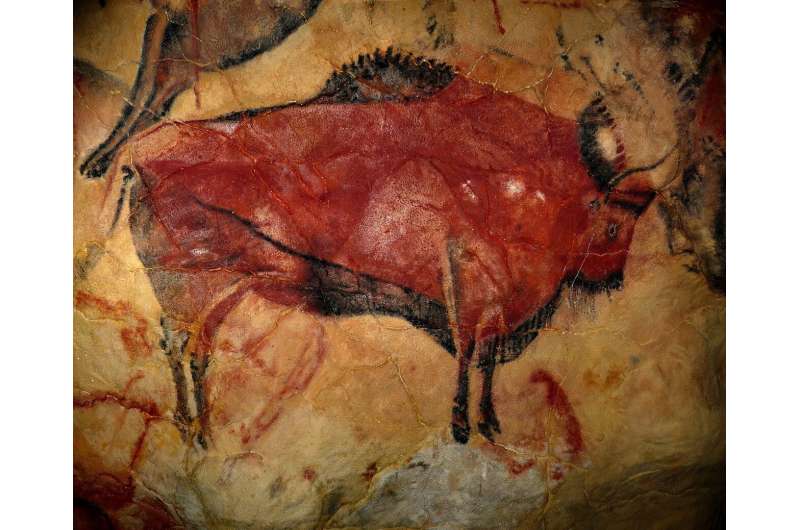
It’s a familiar story to many of us: In prehistoric times, men were hunters and women were gatherers. Women were not physically capable of hunting because their anatomy was different from men. And because men were hunters, they drove human evolution.But that story’s not true… See the research here and here.
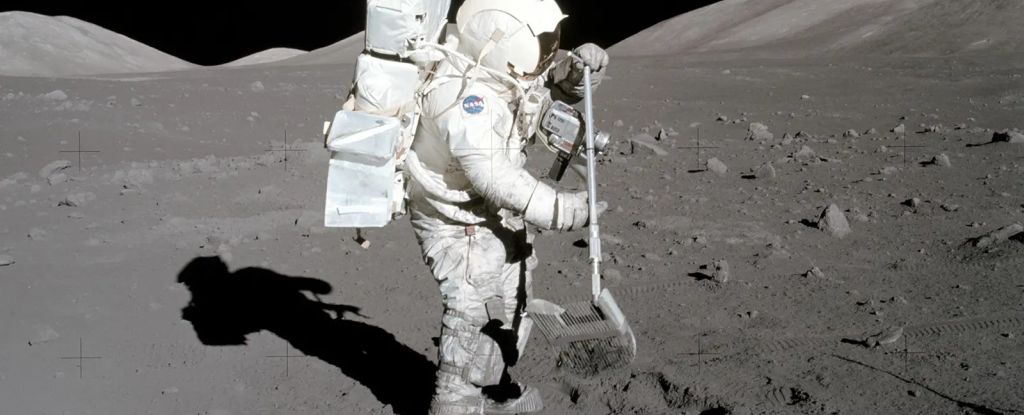
The Moon’s youthful good looks are apparently deceptive. A new study of tiny grains of zircon in Apollo lunar samples suggests that it’s even older than we thought, by a good 40 million years. The research is due to be published in Geochemical Perspectives Letters.
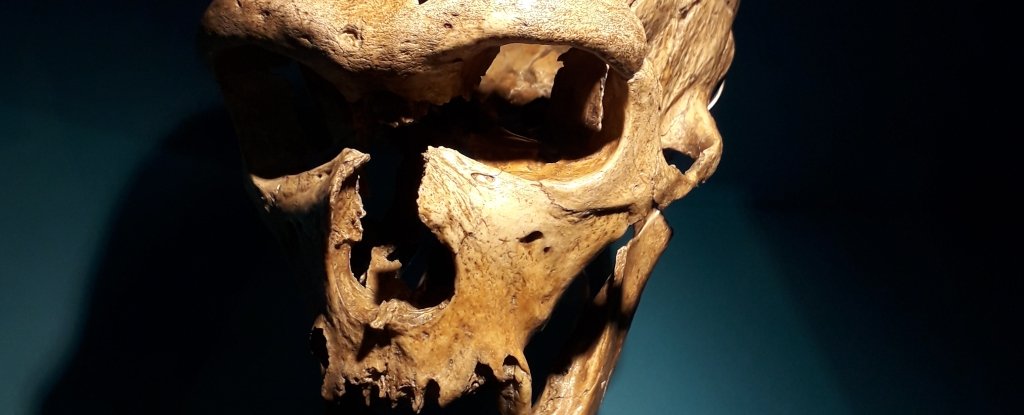
In spite of the myriad of findings detailing their genetic and cultural similarities, our long-extinct ‘cousins’ are still all too often exiled into their own species, Homo neanderthalensis. That categorization is due for a change…See the study here.

Scientists have begun to investigate whether psychedelic substances could aid in the treatment of Obsessive-Compulsive Disorder. A preliminary study, published in Scientific Reports, has found that more than 30% of individuals with OCD who consumed these substances reported positive effects lasting for more than three months.
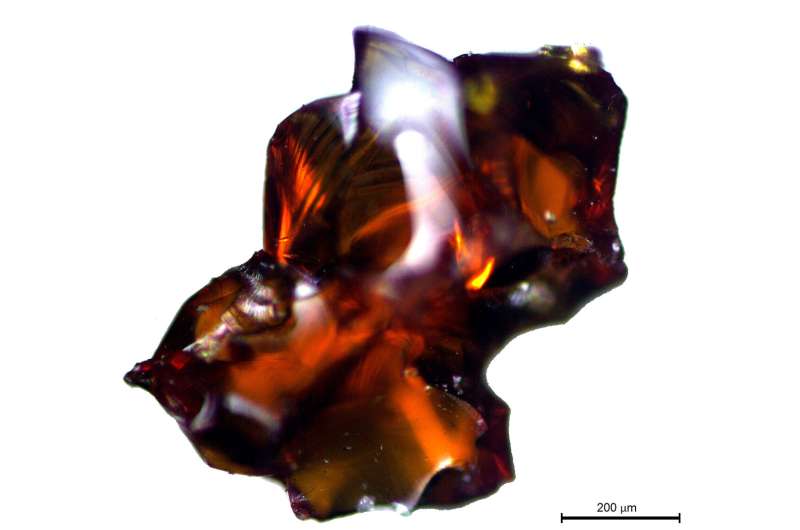
A team of scientists have identified the oldest pieces of Baltic amber ever found on the Iberian Peninsula, revealing that this luxury material used in jewelry and handicrafts around the world was already being imported more than 5,000 years ago. See the study here.
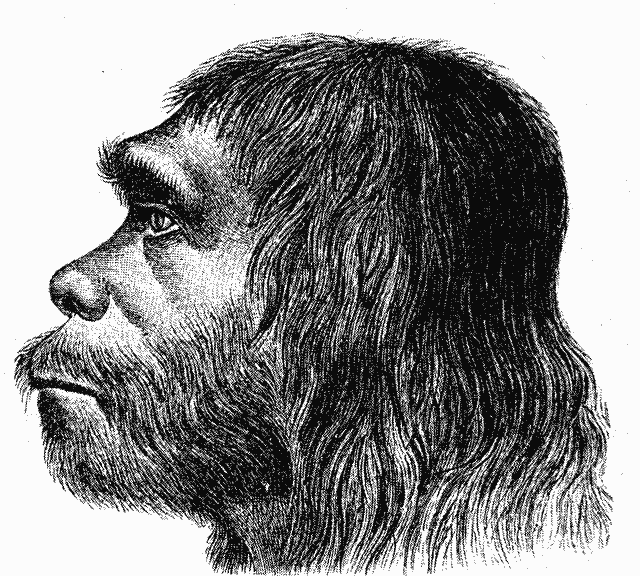
Modern humans migrated to Eurasia 75,000 years ago, where they encountered and interbred with Neanderthals. A new study published in the journal Current Biology shows that at this time Neanderthals were already carrying human DNA from a much older encounter with modern humans.
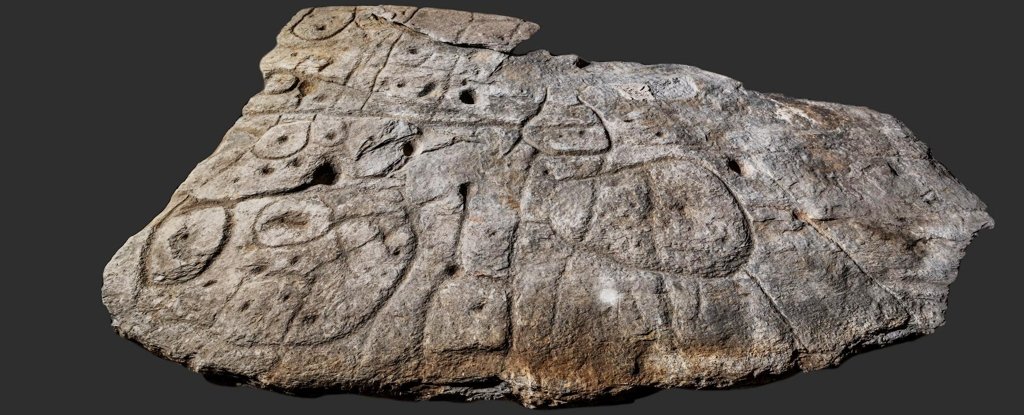
A piece of rock with mysterious markings that lay largely unstudied for 4,000 years is now being hailed as a “treasure map” for archaeologists, who are using it to hunt for ancient sites around north-western France.
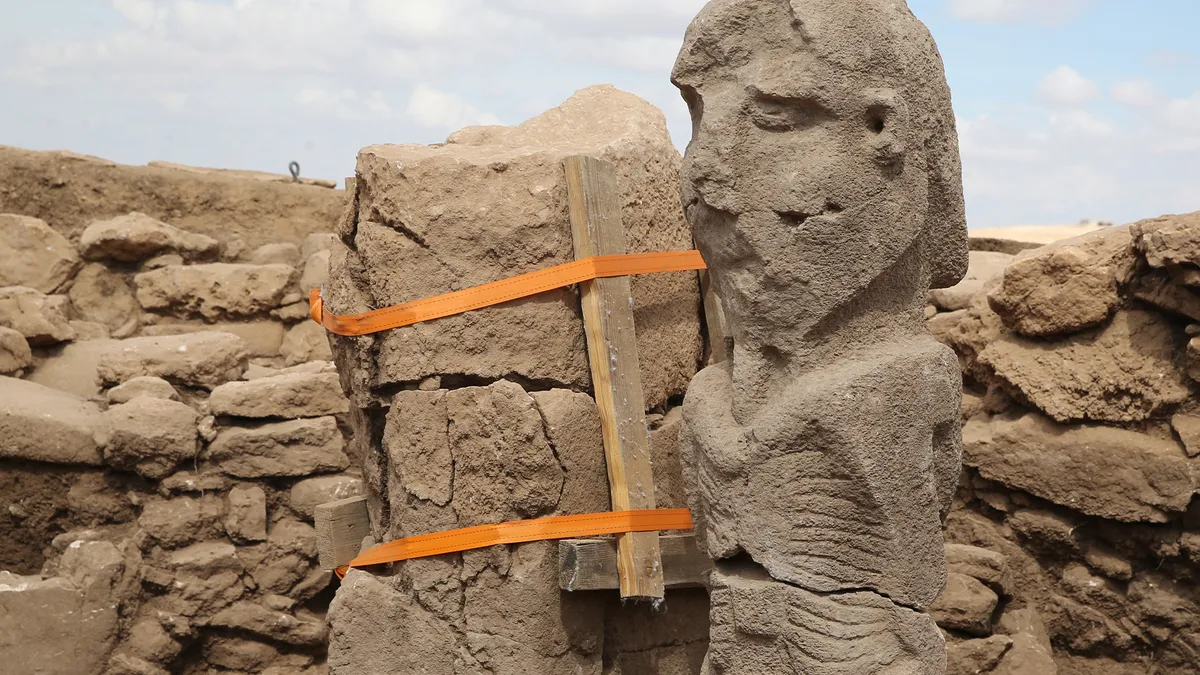
Archaeologists in Turkey have unearthed a nearly 11,000-year-old statue that may depict a giant man clutching his penis, along with a life-size wild boar statue. The two statues come from the neighboring sites of Gobekli Tepe and Karahan Tepe, which are among the oldest temple sites in the world.
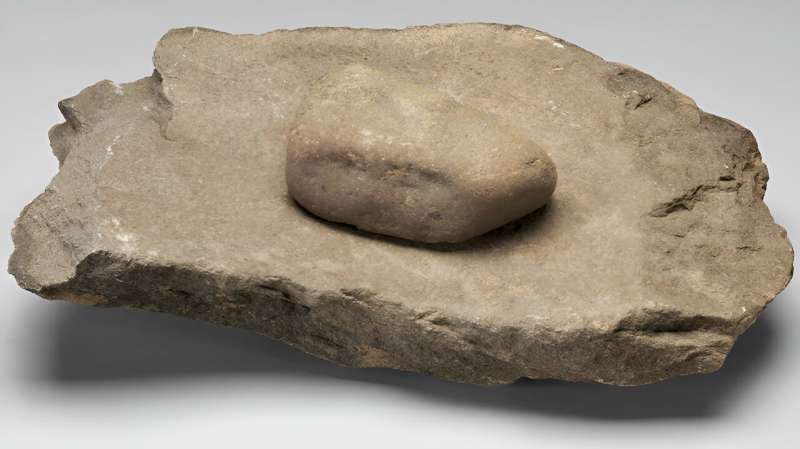
The richness and productive diversity of the Chalcolithic communities of the southern half of the Iberian Peninsula, dating back 5,100 to 4,200 years ago, were produced without signs of economic exploitation or marked social hierarchies and with a high degree of cooperation. See the study here.
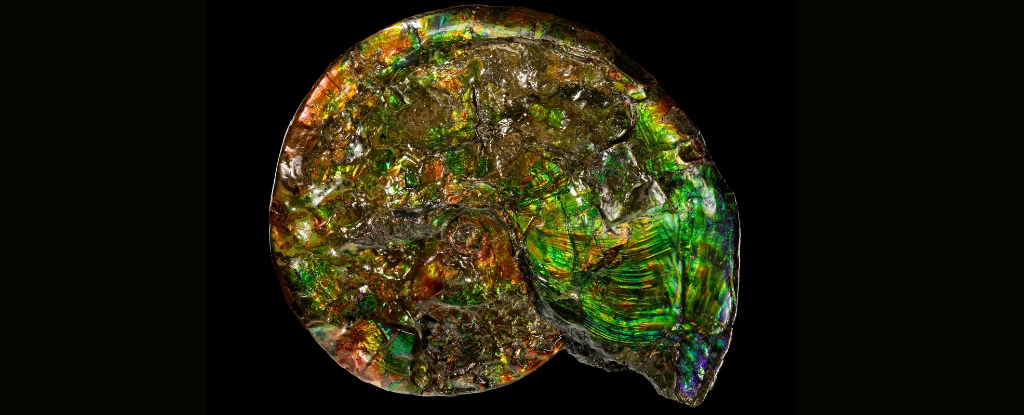
A US team of astrobiologists, philosophers, a mineralogist, a theoretical physicist, and a data scientist describe the “missing law” of nature in an intriguing new peer-reviewed paper.
A reanalysis of an ancient fossil has shed new light on the adaptive behaviour of ancient humans in Africa. An extensive cross-institutional study published in the journal Science has reevaluated the fossil and proposed a new perspective on the movements of ancient humans in this part of Africa.

The discovery represents the first direct evidence of Neandertals hunting cave lions, and the oldest evidence of any hominid slaying a large predator, researchers say. But such behavior probably began much earlier among Neandertals, zooarchaeologist Gabriele Russo and colleagues report October 12 in Scientific Reports.
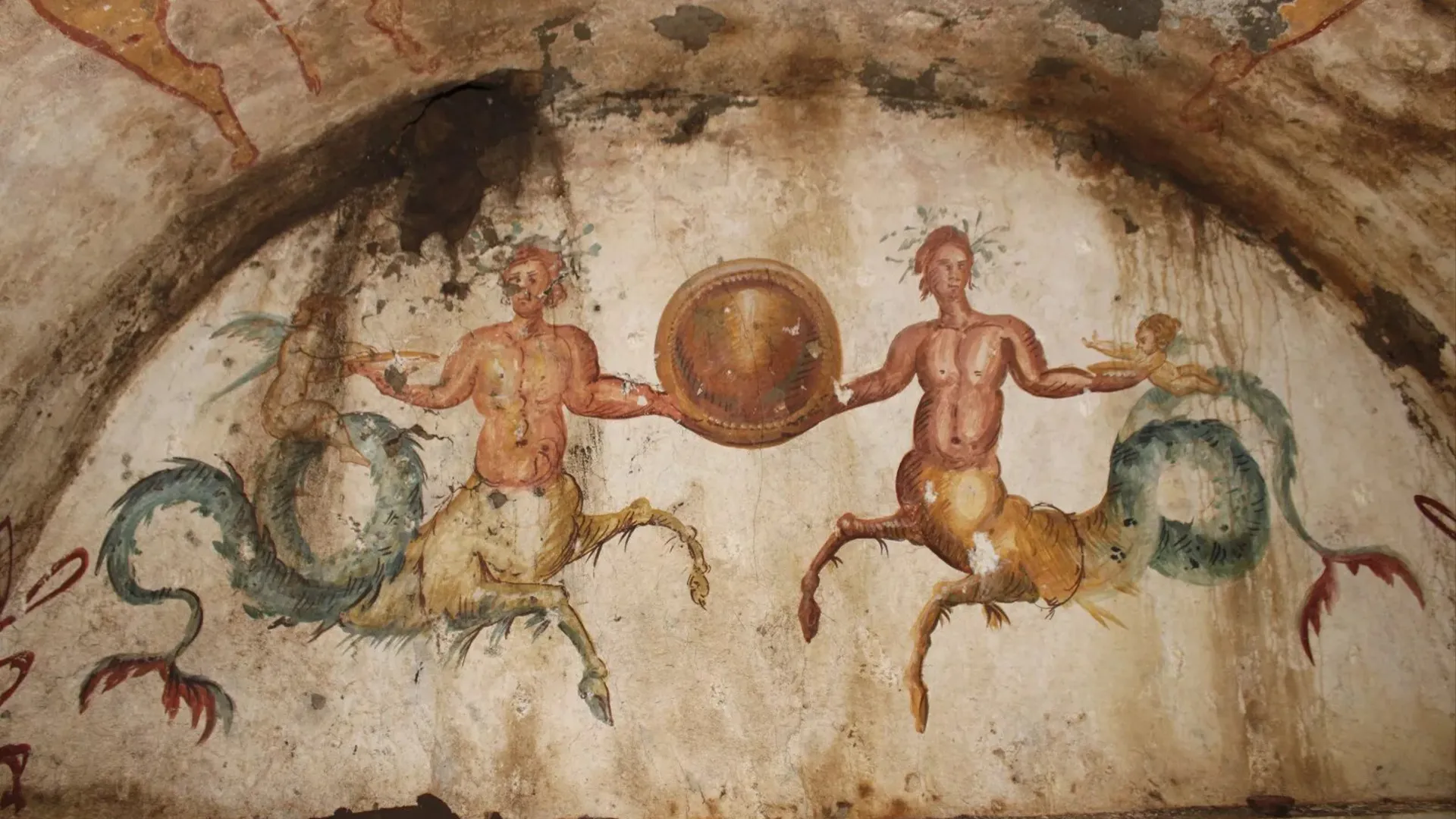
Archaeologists in Italy have unearthed a 2,200-year-old tomb painted with two uncommon mythical creatures: a pair of ichthyocentaurs, or sea-centaurs, which have the head and torso of a man, the lower body of a horse and the tail of a fish.








